35 GPTs for Content Filtering Powered by AI for Free of 2025
AI GPTs for Content Filtering are advanced machine learning models, specifically Generative Pre-trained Transformers, optimized for screening and managing digital content. These tools are crucial in identifying, categorizing, and filtering out inappropriate or unwanted content, leveraging AI to ensure the digital space remains safe and relevant. They are designed to understand context deeply, making them highly effective in tasks requiring nuanced content analysis and decision-making.
Top 10 GPTs for Content Filtering are: Visual Novel Explorer,Fatale,Safe Screen,Regex Generator,OstrichNewsGPT,FacetWP,GridbuilderWP,Image Modifier GPT,IP address info and reputation,网址数据分析师
Visual Novel Explorer
Discover your next visual novel adventure, powered by AI.

Fatale
Discover Thrillers and Mysteries, Female Lead Focused

Safe Screen
Ensuring Screen Safety with AI

Regex Generator
Instant regex patterns with AI

OstrichNewsGPT
Tailor Your News, Power Your Insights

FacetWP
Advanced filtering for WordPress.
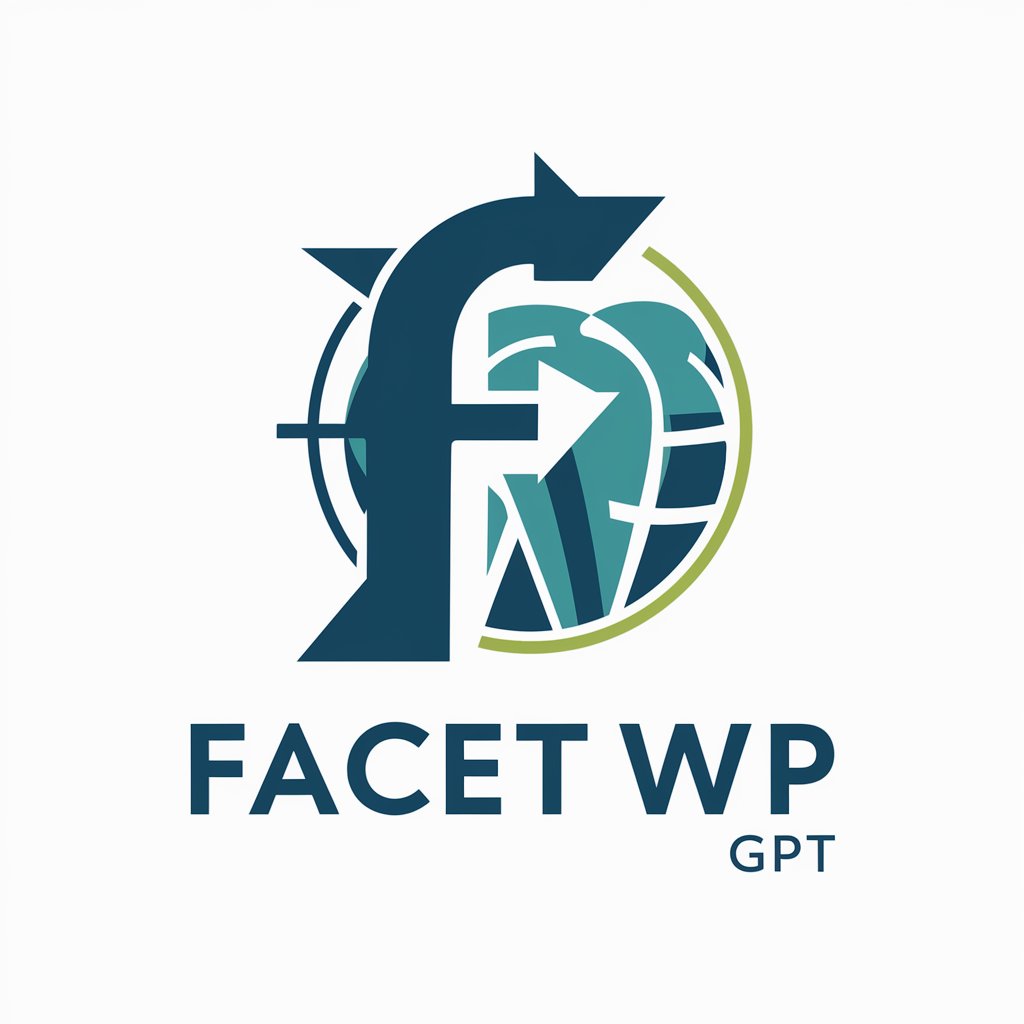
GridbuilderWP
Create dynamic, filterable grids for WordPress

Image Modifier GPT
Transforming images with AI power

IP address info and reputation
Unveiling the story behind every IP address.

网址数据分析师
Unveil the DNA of any URL with AI

Personal Information Recognizer
Automate privacy with AI-powered precision.
Detection Bypass Tool
Craft text that stealthily bypasses filters.

Palindrome Media Concierge
Discover Fresh Media Content Smartly

Comedian
Unleash Your Best Jokes with AI

Story Introducer
Ignite Young Imaginations with AI
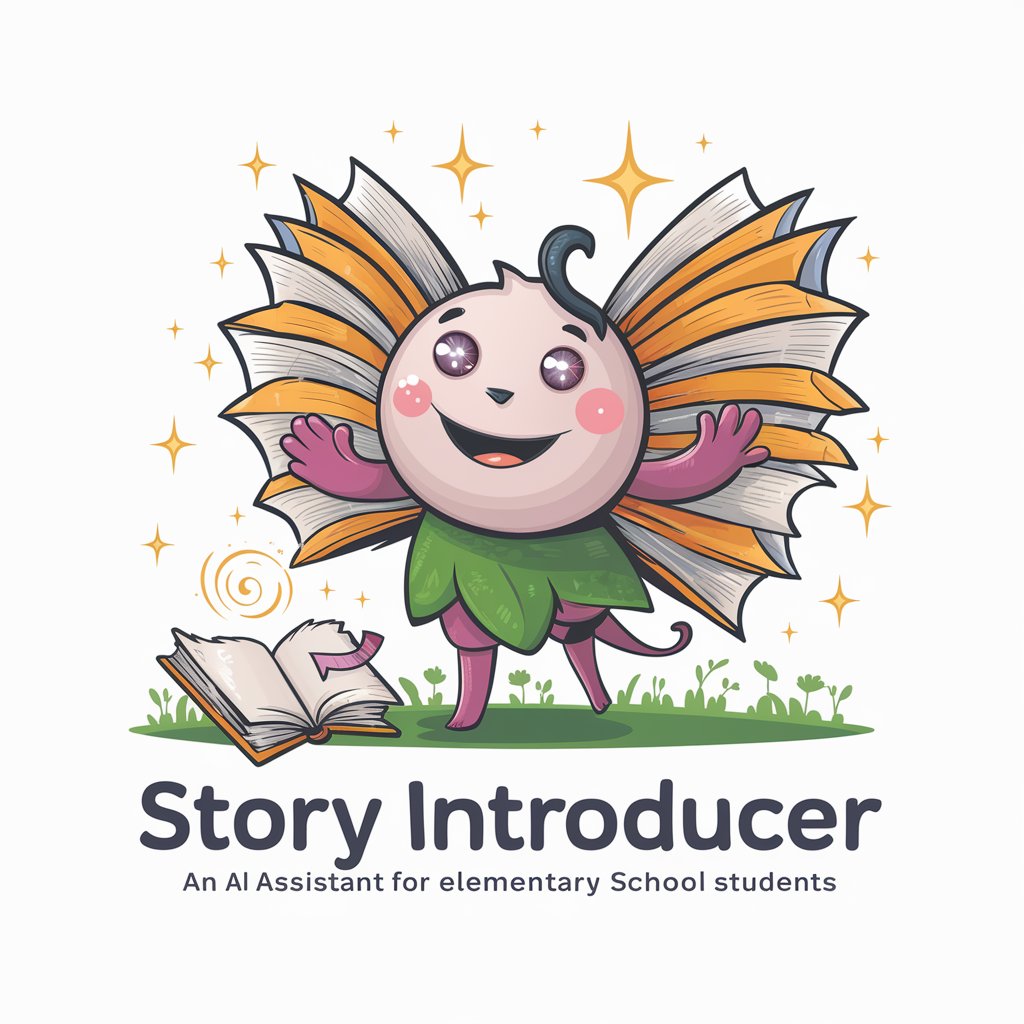
CleanSpeak
Cleaner conversations with AI power

LydbokGPT assistent
Discover Your Next Audiobook Adventure
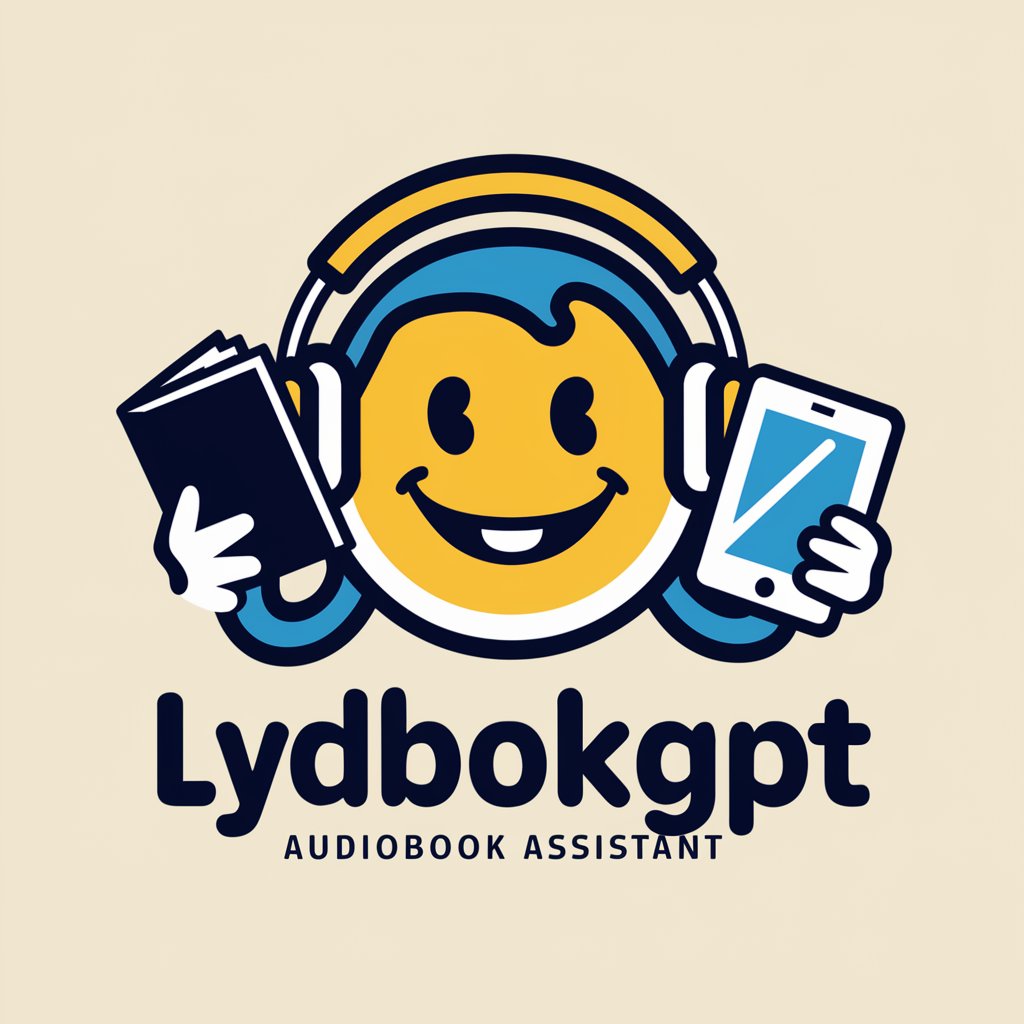
Receba recomendações de Desenhos Animados
Tailored Cartoon Discovery AI

Spam Detector
AI-driven Email Safety Enhancer

Netflicks Navigator
Streamline Your Streaming Choices
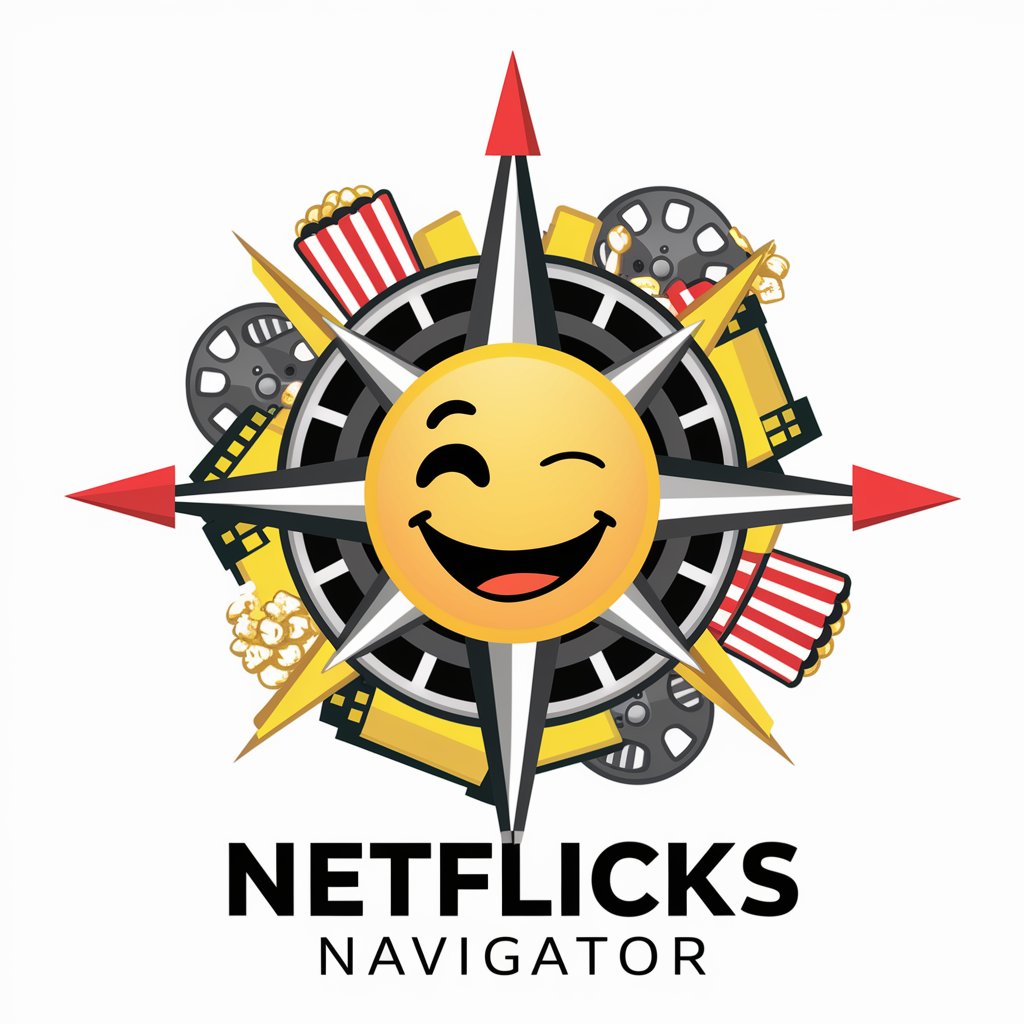
Float
AI-driven Content Categorization

Hot Dog or Not Hot Dog
Discover the Hot Dog with AI

Omegaverse Oracle
Empowering Omegaverse creativity with AI
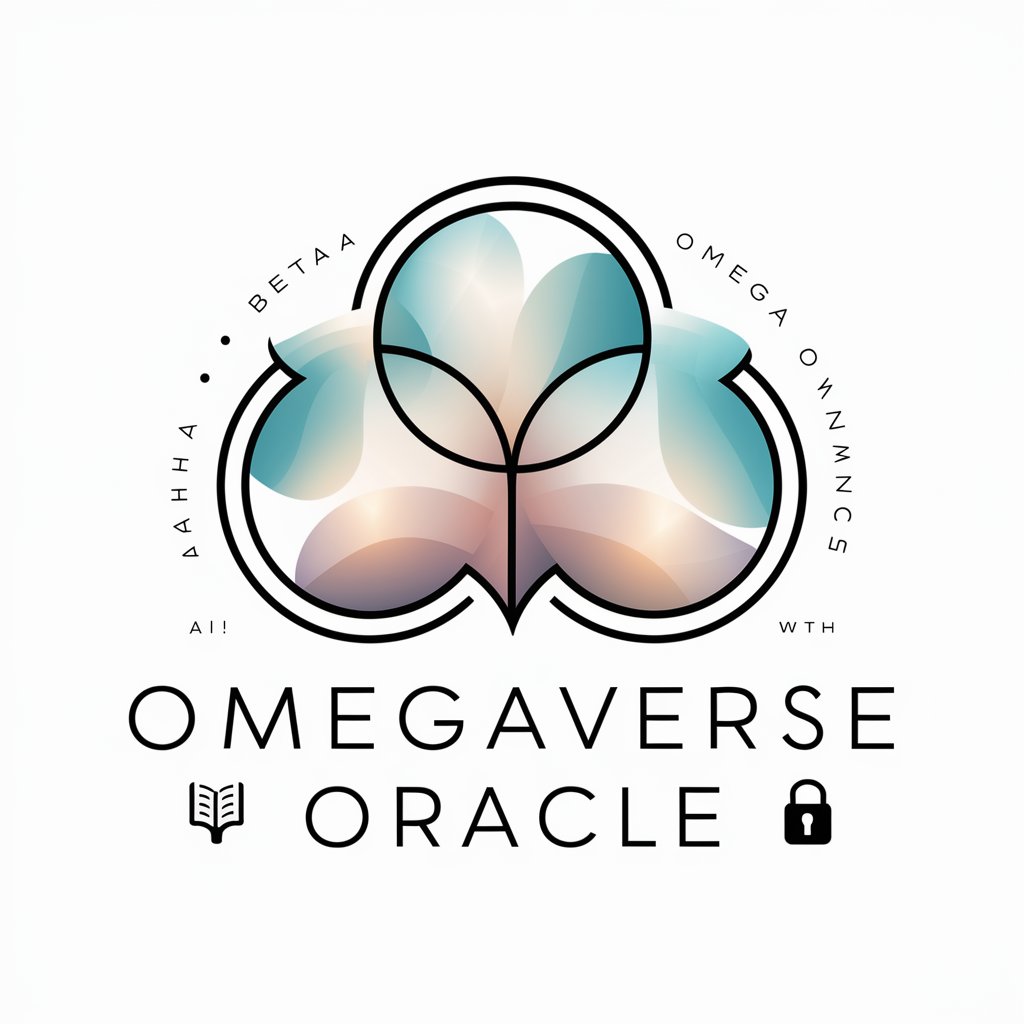
Essential Attributes of Content Filtering AI Tools
These GPTs excel in adaptability, able to perform a range of functions from basic keyword filtering to complex contextual analysis. Special features include advanced language understanding, capable of deciphering subtle nuances; technical support for integrating with various platforms; web searching for real-time content evaluation; image analysis for visual content filtering; and data analysis tools for understanding content trends and patterns.
Who Benefits from Content Filtering AI
Content Filtering AI GPTs cater to a diverse audience, from novices seeking simple content management solutions to developers and professionals requiring advanced customization. They are accessible to users without programming skills, offering user-friendly interfaces, while also providing robust APIs and development tools for those with technical expertise.
Try Our other AI GPTs tools for Free
Age Suitability
Discover how AI GPTs for Age Suitability revolutionize content creation and filtering, ensuring age-appropriate digital experiences with advanced AI technology.
Job Compatibility
Discover how AI GPTs for Job Compatibility revolutionize job matching with advanced AI, offering precise, efficient, and personalized employment solutions.
Marketing Graphics
Discover how AI GPTs for Marketing Graphics revolutionize digital marketing with automated, high-quality visual content creation and campaign optimization.
Nutrition Tracking
Discover how AI GPTs for Nutrition Tracking can transform your dietary habits with personalized insights, meal planning, and seamless integration with health apps.
Water Testing
Discover how AI GPTs are revolutionizing water testing with advanced analytics, making it simpler to ensure water safety and quality.
Pool Maintenance
Revolutionize your pool care with AI GPTs for Pool Maintenance. Discover expert-level guidance, diagnostics, and maintenance strategies tailored to your needs.
Expanding Horizons with AI in Content Management
AI GPTs are revolutionizing content filtering across sectors, offering scalable solutions that integrate seamlessly with existing workflows. Their user-friendly interfaces make them accessible to a wide range of users, while their adaptability ensures they remain effective as digital content continues to evolve.
Frequently Asked Questions
What exactly is AI-based Content Filtering?
AI-based Content Filtering uses advanced machine learning models to automatically identify and remove or flag inappropriate or irrelevant content from digital platforms.
How do these AI GPTs adapt to different content filtering needs?
These AI models are trained on diverse datasets, enabling them to understand and adapt to a wide range of contexts and content types, ensuring accurate filtering across various scenarios.
Can non-technical users easily deploy these tools?
Yes, many AI GPTs for Content Filtering are designed with user-friendly interfaces that allow non-technical users to easily set up and manage content filtering.
What makes AI GPTs superior to traditional content filtering methods?
AI GPTs understand context and nuance better than traditional methods, allowing for more accurate and efficient filtering of complex or subtle inappropriate content.
Are these tools customizable for specific content guidelines?
Absolutely. AI GPTs for Content Filtering can be customized and trained according to specific content guidelines and requirements of a platform or organization.
Can these tools filter image and video content as well?
Yes, many advanced AI GPTs now include capabilities for analyzing and filtering image and video content based on visual recognition technologies.
How do AI GPTs ensure privacy and data security during content filtering?
AI GPTs for Content Filtering are designed with privacy and security in mind, ensuring that data handling complies with global standards and regulations, such as GDPR.
What are the potential limitations of using AI for content filtering?
While highly effective, AI-based content filtering can sometimes result in false positives or negatives due to the complexities of human language and context, requiring occasional manual oversight.